CORNERSTONE STAFF VOLUNTEER AT CRESCENT MOON RANCH
Cornerstone has been working closely with the Coconino National Forest (CNF) on forest health and restoration projects the last several years. During this work our staff have had the privilege of interacting with Jeremy Haines from the Flagstaff Ranger District and learned that we shared a love of historic preservation. One of the most impressive historic properties that the CNF manages is the Crescent Moon Ranch house, situated on the north side of Red Rock Crossing (a.k.a. Baldwin’s Crossing) near Cathedral Rock in Sedona (Figure 1), which is rented out as part of their cabin rental program (link below). In 2018, several members of Cornerstone's staff volunteered at the ranch house to help maintain the grounds, update interior paint, wash walls, and generally upkeep the historical house (Figure 2). This was part of our annual volunteer work and will likely become a yearly tradition.
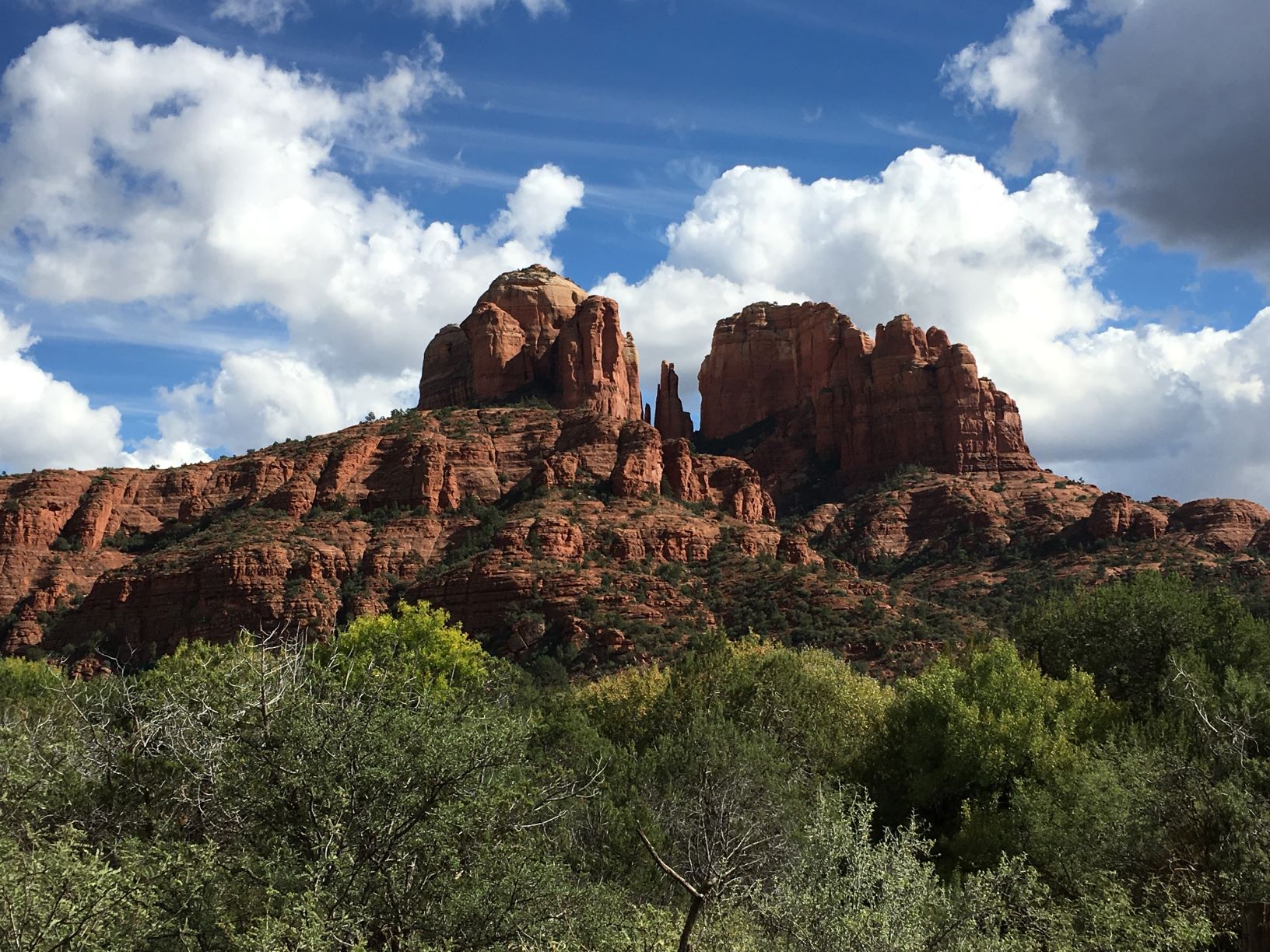
Figure 1. Photo of Cathedral Rock from near the Baldwin ranch house.
Initially homesteaded in the 1880s, and patented in 1896, the ranch house (Baldwin ranch house; Figure 3) is part of a larger complex of historical infrastructure that includes three barns, a Fitz water wheel and pumphouse (Figure 4), a smaller water wheel along the Dumas Ditch, blacksmith shop, fruit packing shed, water tanks, and metal and wood water tanks (Stein 2017). The complex is now a historic district representing decades of agricultural use that extends through the end of the historic period. The 35-acre district encompasses 14 resources that contribute to its historic character, including six ranch buildings, six structures, and two archaeological sites (Figure 5). Despite the impact to the historic setting from development of the property for visitation and picnic areas, the ranch still retains its historic character.
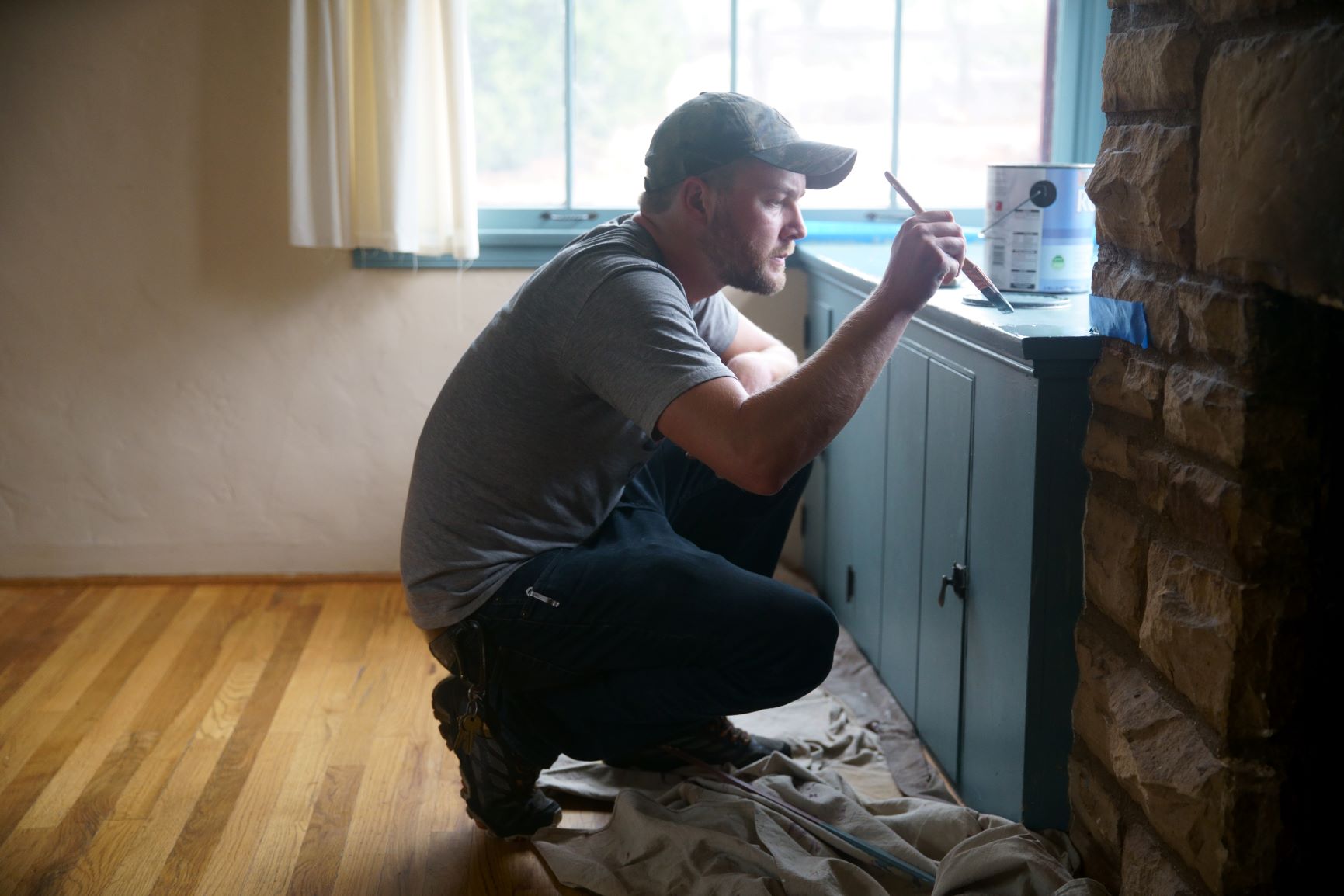
Figure 2. Photo of Cornerstone staff member Jack Treichler painting the interior of the Baldwin ranch house.
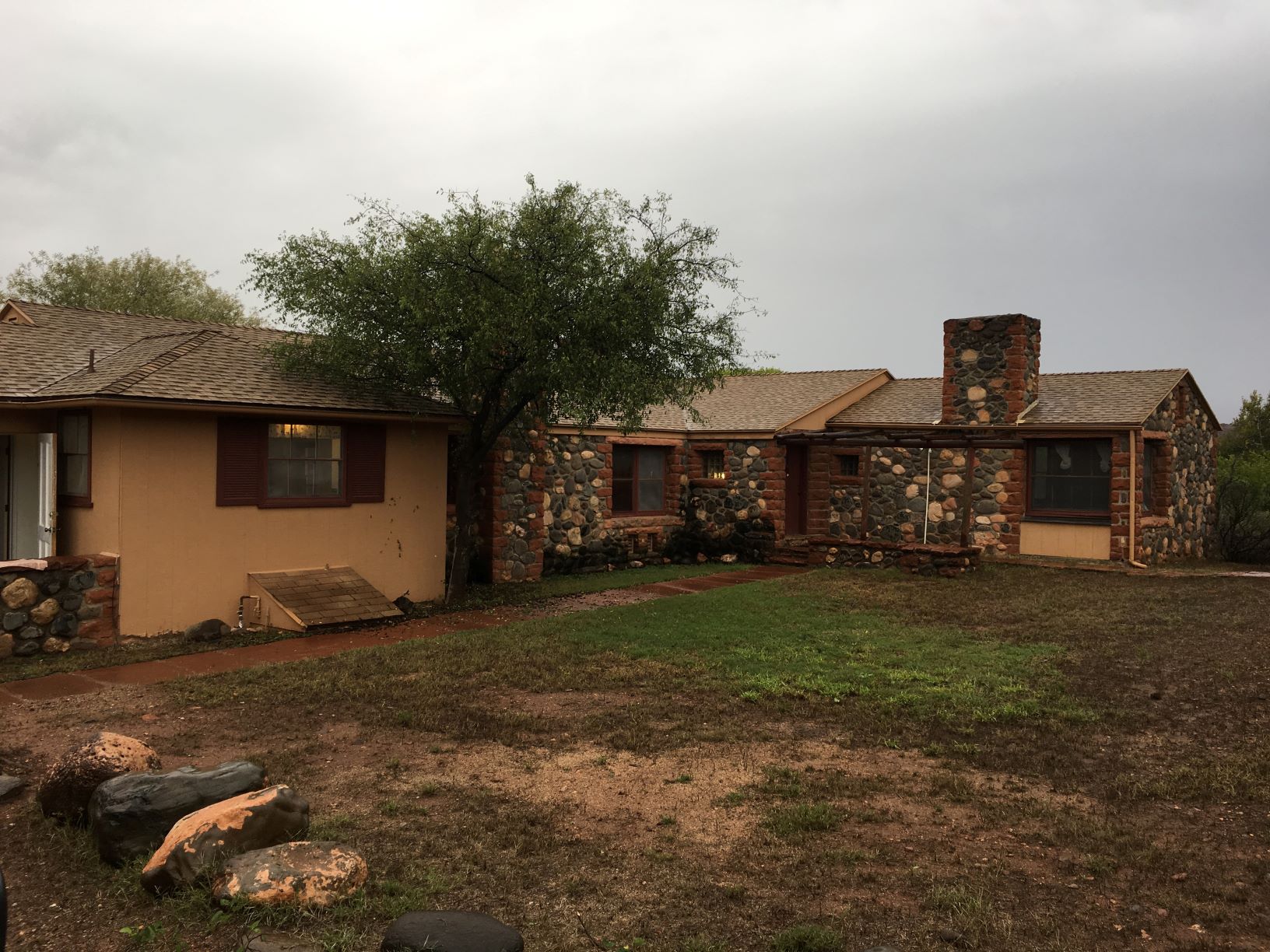
Figure 3. 2018 photo of the Baldwin ranch house.
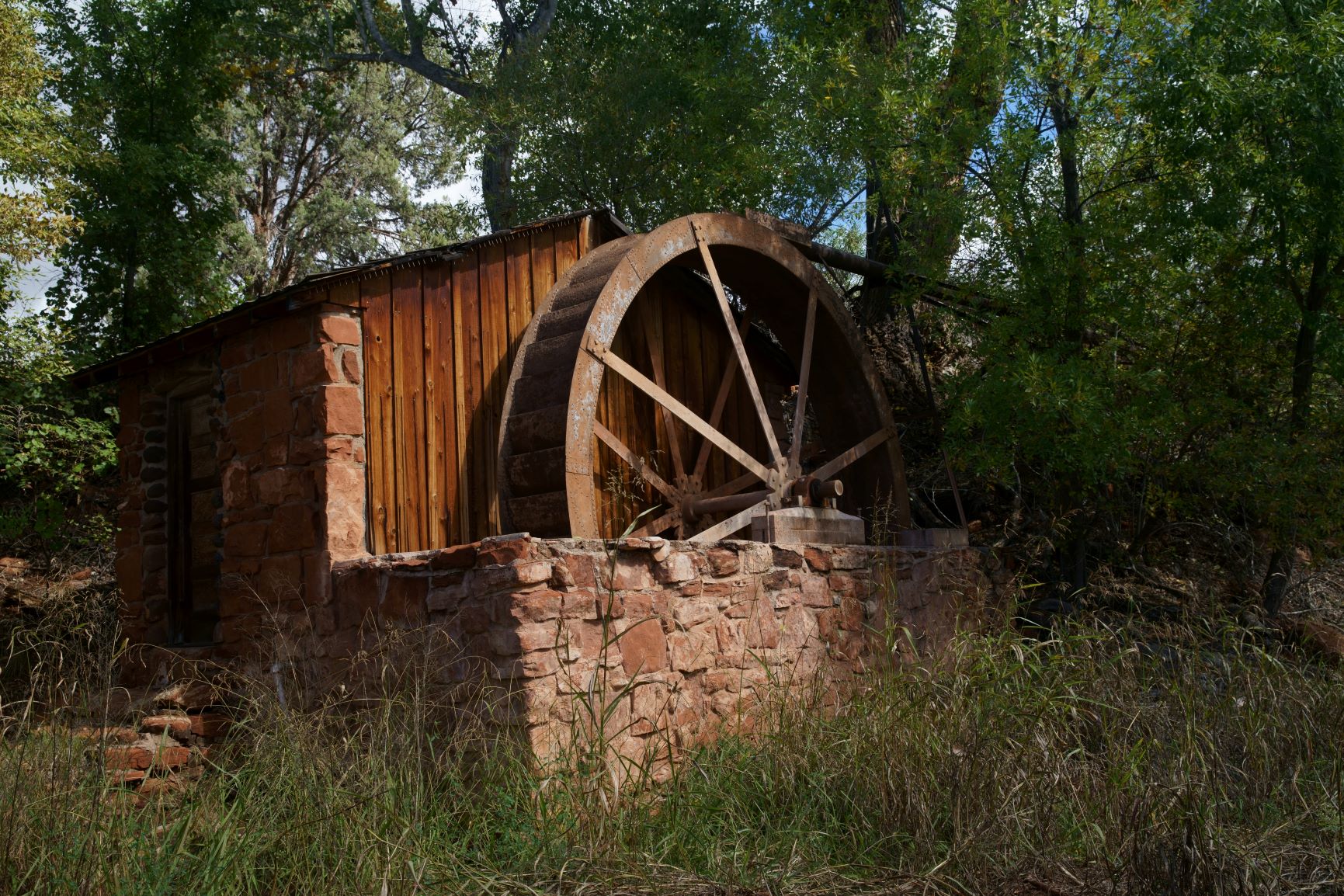
Figure 4. 2018 photo of the Fitz water wheel.
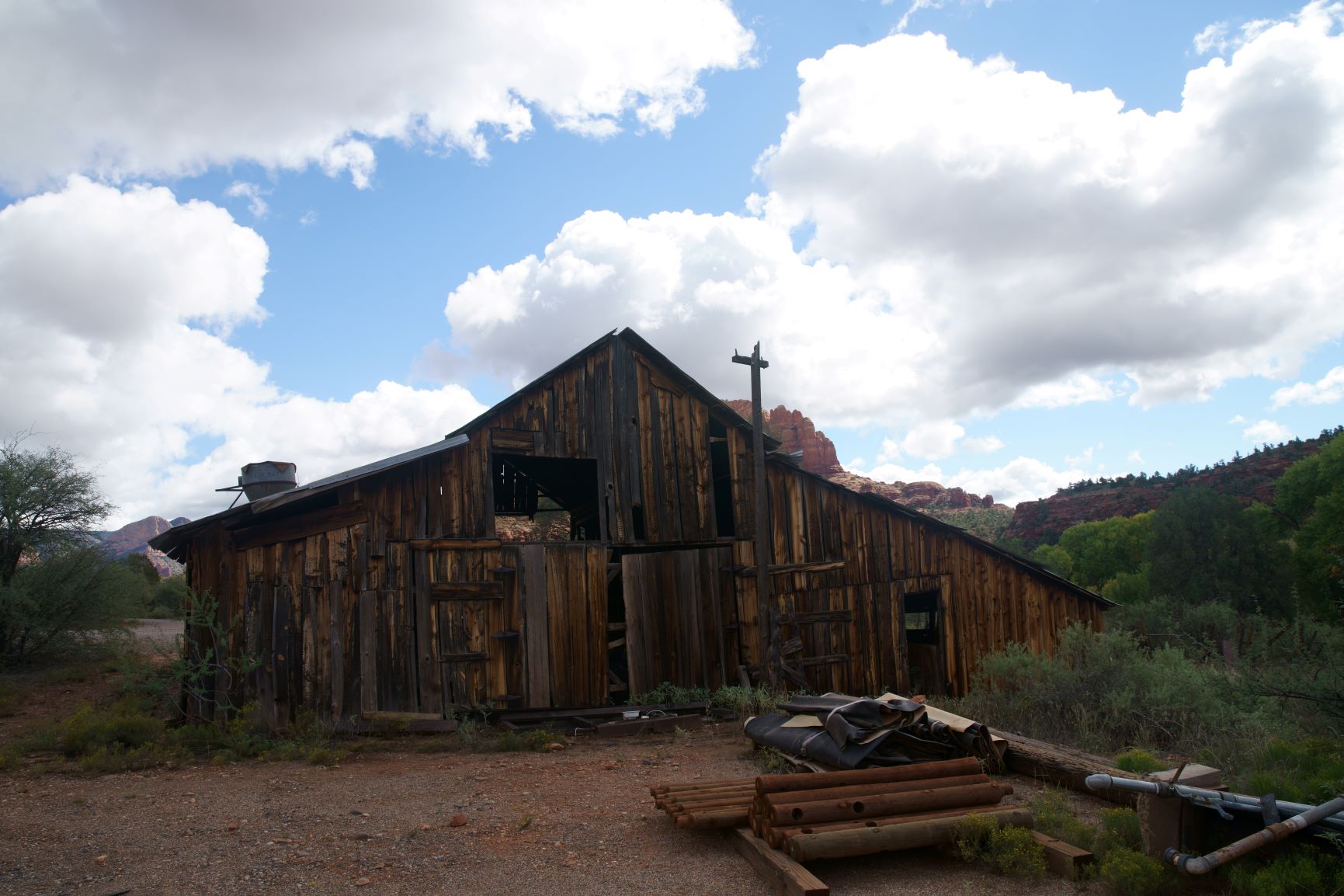
Figure 5. 2018 photo of one of the barns.
Agriculture was an important economic driver and played a key role in the development of the Sedona-Oak Creek area. Although the property was initially settled by John H. Lee of Prescott when he filed for a patent for 160 acres in 1880 (Scheier 1978), Crescent Moon Ranch later came to be known for its high-quality fruit, including apples, peaches, and grapes. Lee was focused on raising livestock and called his homestead the OK Ranch, after his cattle brand, and made many initial improvements to the property to prove up his claim, including an irrigation ditch and a dwelling (Stein 2017).
In 1896 Lee and his wife, Lenora, sold the homestead to Elizabeth Howard (widow of Abram James), who had already been living along Oak Creek for 15 year or so. At 54, Elizabeth married infamous Sedona legend Charles “Bear” Howard in 1891 (Figure 7). She quickly tired of Bear and his three large bear dogs and separated from him within three months of the union. “Elizabeth kept her cattle, and Bear kept his dogs” (Stein 2017:8.13 as cited in The Traveler 1993). Elizabeth lived at the ranch from the time that it was patented by Lee in 1896 until early 1902. She continued to run cattle and also served as the local midwife (Dean and Peck 1994).
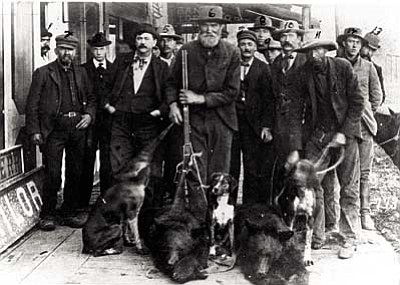
Figure 7. Historical photo of Bear Howard.
In 1902, Elizabeth Howard sold the ranch to the Schneblys, who lived at their existing properties along upper Oak Creek and had purchased the OK Ranch as an investment property (Stein 2017). They doubled their money when they sold the property two years later for $2000 to Marion Palmer from Michigan who again held it for speculative purposes, selling the ranch in 1905 for $2200. The next owners, Henry Schuerman and David Dumas, held the property for the next fifteen years during which it underwent steady agricultural growth (Stein 2017).
Schuerman owned the neighboring 160-acre ranch and already supplied the mining town of Jerome, 20 miles away, with produce, wine, and whisky. Schuerman partnered with Dumas, since he did not have enough money to purchase the property outright, and together they established vegetable gardens and orchards of peach, apple, apricot, and plum trees on the property and saw the ranch thrive under their direction (Stein 2017). By 1916 around 15,000 fruit trees were being grown along lower Oak Creek, with the OK Ranch taking top honors at the county fair.
Following the deaths of Mr. and Mrs. Dumas and Mr. Schuerman, the ranch passed to Dorette Schuerman, her daughter Helene Owenby, and the Dumas children in 1925 (Stein 2017). M.O. “Ollie” Dumas used the ranch as winter range for his cattle and eventually bought out the interests of his brothers and the Schuermans. Unfortunately, the property and its orchards were rented during the Great Depression, which resulted in a lack of upkeep and general decline of the ranch facilities.
In 1936, Andrew Baldwin purchased the ranch and breathed new life into the neglected property, planning to turn it into a showcase that would entice wealthy to invest in the Verde Valley. He renamed the ranch Palo Bonito and had an architect design the ranch house, which was built in 1939, and the Fritz water wheel (see Figure 5; Arizona Highways 1944). The addition of on-site electricity production made possible the storage of water for fire suppression, landscaping sprinklers, and a laundry facility. The small water wheel was also installed during this time and primarily supplied water to a peach orchard established by Claire Jones on the slope above the main ranch house. This orchard became a key element of Baldwin’s showplace and comprised 700 to 800 trees (Stein 2017). The trophy-sized frits were then individually wrapped in tissue paper and shipped to the east coast, subsidizing local and regional sales.
Following Andrew Baldwin’s death in 1943, his widow, Jane, rented the ranch to Claire Jones who continued to work the peach orchard as a commercial venture (Stein 2017). Louis Maury, a Connecticut heiress, then purchased the property in 1953. Nick Duncan, who had lived at the OK Ranch from 1919 to 1922, was her ranch manager at her Pinnacle Peak property and had convinced Maury to move to the property on Oak Creek. Nick and Louis were married in 1955 and lived together at the ranch where they took the property in a completely new direction raising horses and Suffolk sheep in addition to fruit.
Lois Duncan gave Crescent Moon Ranch the name by which it is still known. Crescent Moon was the name of her former ranch near Pinnacle Peak and both properties were named after Rabindranath Tagore’s collection of Bengali children’s poems first published in 1913 called The Crescent Moon. Louis Duncan built a meditation house on the property called Purani, and even deeded three acres to the religious order. Nick Duncan repurchased those acres and razed Purani house following Lois’s death in 1970. The Duncans wished to preserve the ranch for public use and enjoyment and Nick sold the ranch to the Trust for Public Land in 1980. The Trust deeded the property to the USDA Forest Service later that year and the property is now a Forest Service day-use recreation area with the Baldwin ranch house being used as part of the Forest’s Cabin Rental Program.
CNF Cabin Rental Program: https://www.fs.usda.gov/activity/coconino/recreation/camping-cabins/?recid=54884&actid=101
References
Arizona Highways
1944 Baldwin Ranch Home. June (6):32-39.
Dean, Charlotte, and Jennifer Peck
1994 The Schuerman Family: Red Rock Pioneers. MS on file, Sherman Loy Collection, Sharlot Hall Museum, Prescott.
Scheier, Charles R.
1978 Appraisal Report for 5420 Purchases, Nicholas G. Duncan, Sedona Ranger District, Coconino National Forest, Coconino County, Arizona. Copy on file, Coconino National Forest, Flagstaff.
Stein, Pat
2017 Crescent Moon Ranch Historic District. National Register of Historic Places Registration Form. On file at Coconino National Forest
(The) Traveler
1993 Untitled article regarding “Bear” Howard. November:1-10. Copy on file, Sharlot Hall Museum, Prescott.
Download Crescent_Moon_Ranch_052219.pdf- Tagged In: History, Sedona, Volunteer










